
It is with genuine awe and honor that I load up my projectors to present the final outdoor installation of Elusive Landscape in the breathtakingly gorgeous gardens of Miami's most unique museum, and one of the most inspiring locations I've ever seen in my life. Elusive Landscape will be on view this Thursday evening in Vizcaya's charming Theater Garden, the adjacent Maze Garden, and the Statuary Walk that joins the two.

Vizcaya Museum and Gardens occupies 50 acres overlooking Biscayne Bay, preserving the Miami estate of agricultural industrialist James Deering. This historic South Florida landmark was built between 1914 and 1922, a product of the Gilded Age during which U.S. industrialists built lavish mansions inspired by those of Europe. The uniqueness of Vizcaya lies in its subtropical location (a far cry from Newport) and in Deering's reverence for the natural landscape and ecosystem of the native South Floridian wetlands. At a time when South Florida was considered worthless, unfarmable swampland, and the prevailing local preoccupation was a plan to drain and dry up the Everglades, Deering - a conservationist way ahead of his time - opted to preserve 25 acres of primary growth forest ecosystems, including a native rockland hammock and mangrove forest, as well as a historic farm village that is now being restored. Vizcaya's breathtaking landscape is also home to many Floridian plant species, including the Florida Butterfly Orchid, the endangered Brittle Maidenhair Fern and the Redberry Stopper.

Vizcaya's gardens were designed by Colombian-born landscape architect Diego Suarez between 1914 and 1917. Suarez adapted classical European landscape design to Miami's subtropical climate and terrain, working with native soil and plant materials to create aesthetic arrangements reminiscent of European gardens. Incorporating a vast and eclectic collection of outdoor sculpture, the gardens of Vizcaya are considered the finest Italianate gardens in the United States. Graced by numerous fountains and the soothing sound of water gently streaming through coral rock, a visit to the gardens of Vizcaya is an intimate encounter with the muses in their natural habitat. An immensely popular setting for photographing brides and quinceañeras, this legendary location is a visual love-affair between the elegantly manicured gardens and the unleashed wildness of the natural mangrove swamp. Thick humidity and bugs abound, underscoring the subtropical soul of this grandiose meeting ground where art and nature cavort as equal bedfellows. No other place I can think of could more aptly be described as "paradise."

Admission will be complimentary. Wine and light refreshments will be available for purchase, and my home-made natural insect repellent will be on hand for free as usual. My heartfelt thanks go out to the very generous staff at Vizcaya who has worked closely with me to make this event a reality.
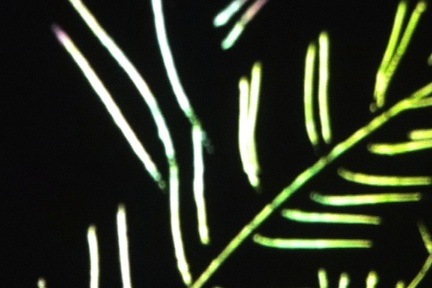



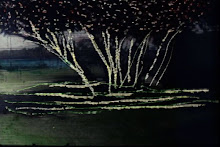

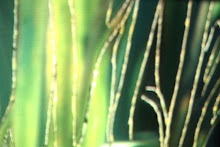
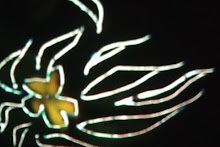





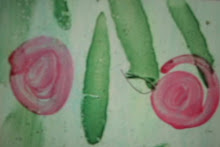





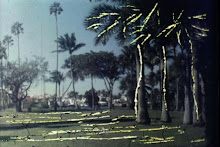
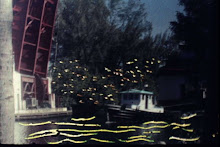
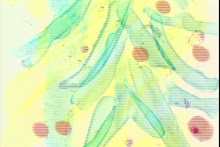
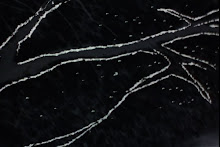
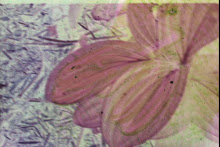
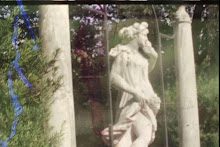
In the last score of years children of the digital age have become increasingly disenfranchised from the natural environment, sometimes with perilous implications, not only for their physical fitness, but also for their sustained mental and spiritual well-being.
ReplyDeleteWhen the garden and woods beckoned — kids used to scampered about, bustling, building, burrowing; playing imaginative and socially interactive games like hide-and-seek, tag and capture the flag.
Yet the glow of a screen now arrests more attention than fireflies.
According to a somewhat introspective documentary (produced and directed by self-admitted TV junkie and long-time child actor Adrian Grenier) (teenagepaparazzo.com) about youthful paparrizi, on average, children in the USA spend just over 6 hours looking into electronic screens each day. The total of 2,000 hours a year compares with 900 hours in class and 1,270 hours with their parents.
What to do? Seems "that PlayStation, X-genie" is out of the bottle and it ain't gonna fit back in.
What if I was to describe a scene a few nights ago in Miami when I watched kids stash their gaming devices (voluntarily) as they entered a garden and museum's maze-like structure?
Would you believe it? Read this entire review of Elusive Landscapes @ Vizcaya in the Children and Nature Network post:
Artist Multi-tasks Mother Nature